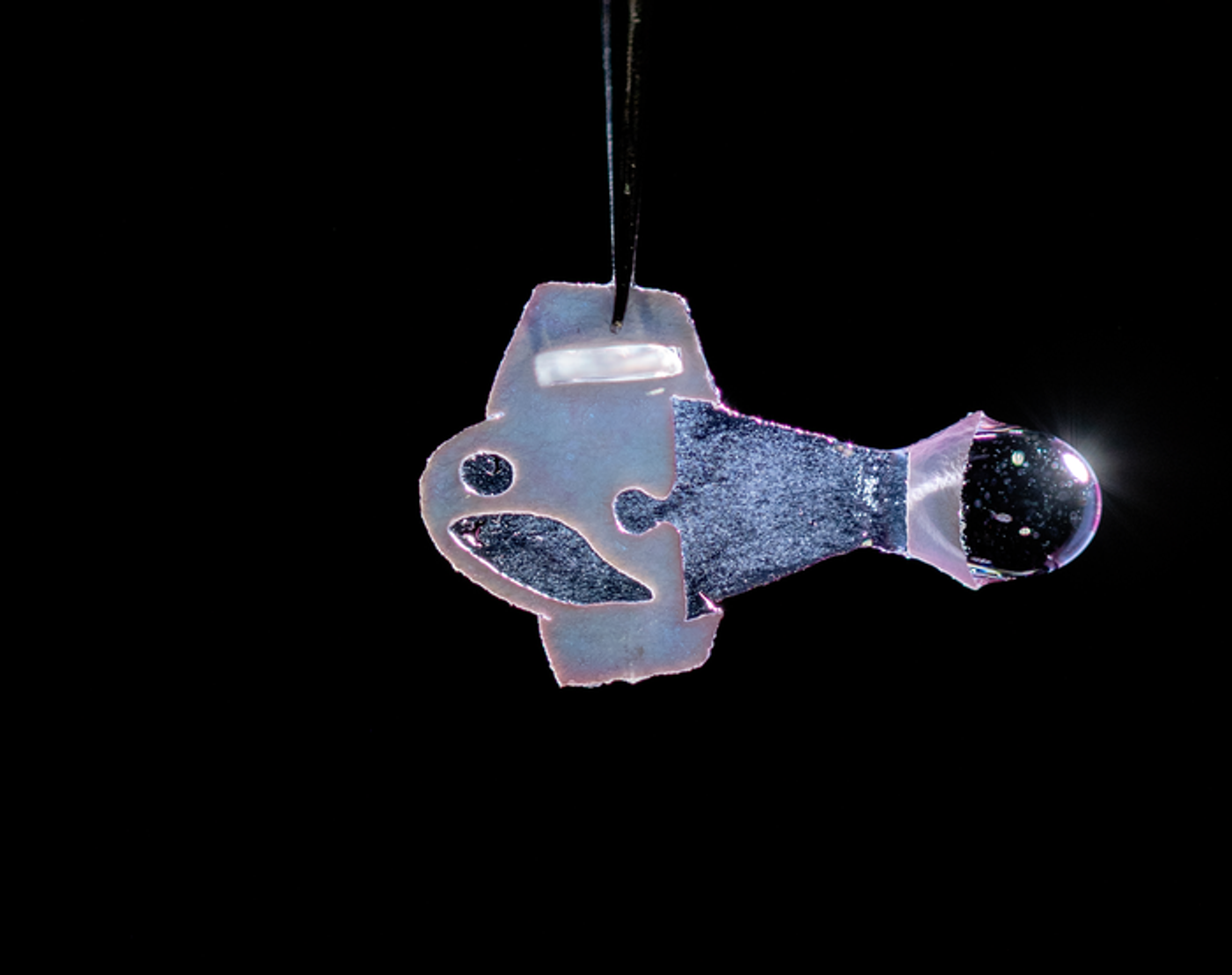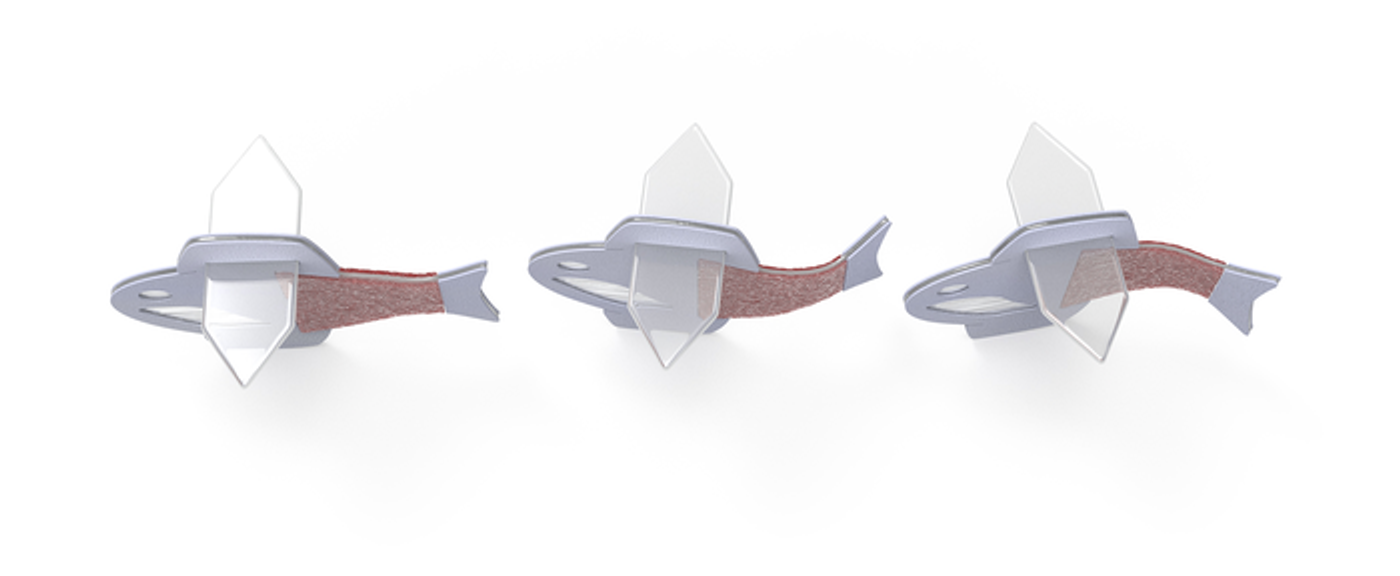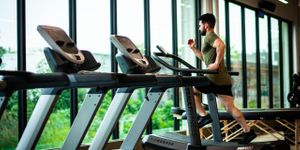With Beating Heart Cells, Scientists Create a Biohybrid 'Fish'
Scientists have created a swimming 'fish' by placing cardiac cells generated from stem cells around a synthetic fish mold. This biohybrid 'fish' device can move around when the cells contract, like they would in a live heart as it beats. This research takes investigators one step closer to developing an artificial pump that could be implanted in people with heart disease, and could improve research models of disorders such as heart arrhythmia. The work has been reported in Science.
Ultimately, researchers want to create an "artificial heart to replace a malformed heart in a child," said senior study author Kit Parker, the Tarr Family Professor of Bioengineering and Applied Physics at the Harvard John A. Paulson School of Engineering and Applied Sciences (SEAS).
While previous work has been focused on recreating hearts as we know them, this effort has moved to a biophysical model that uses the mechanisms of the heart as design criteria, Parker explained. By testing their system with a swimming fish, it's easier for the researchers to determine whether their creation is successful.
In this study, the researches used cardiomyoctes made from stem cells to build an autonomous device. Two layers of muscle cells were placed on each side of an artificial structure made to resemble a tail fin, so when one side contracted, the opposite side stretched. When the stretch happened, it opened a protein channel that is sensitive to the movement, generating a contraction. That contraction causes another stretch, and the cycle continues in a closed loop that moved the fish for over 100 days.
"The results highlight the role of feedback mechanisms in muscular pumps such as the heart," said co-first study author Keel Yong Lee, PhD, an SEAS postdoctoral fellow.
With this approach, the researchers also created a biohybrid that could modulate the frequency of rhythm of the contractions, acting like a pacemaker. When it was combined with the muscle layers, a coordinated and continuous movement was possible.
The biohybrid fish also improved with age. The amplitude of muscle contractions, swimming speed, and coordination increased over the first month while the cardiomyocytes reached maturity. The biohybrids eventually gained swimming skills that rival wild zebrafish.
The researchers are now working on more complex biohybrid devices that replicate the complex biological machinery seen in nature more faithfully.
"I could build a model heart out of Play-Doh, it doesn't mean I can build a heart. You can grow some random tumor cells in a dish until they curdle into a throbbing lump and call it a cardiac organoid," said Parker. "Neither of those efforts is going to, by design, recapitulate the physics of a system that beats over a billion times during your lifetime while simultaneously rebuilding its cells on the fly; that is the challenge, that is where we go to work."
Sources: Harvard John A. Paulson School of Engineering and Applied Sciences, Science










